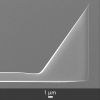
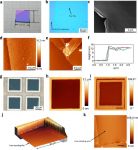
Tap150Al-G soft tapping mode AFM probes used in a studyThu Feb 16 2023
Large-area self-standing covalent crystalline films in a liquid-liquid interfacial synthesis approach studied with our Tap150Al-G soft tapping mode AFM probes.

MikroMasch® HQ:NSC19/No Al AFM tips used in a studyMon Feb 13 2023

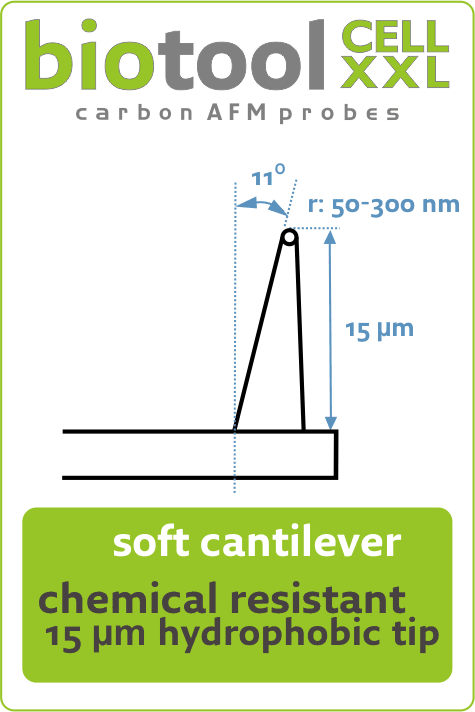
Mechanobiology of Living Fibroblasts and Breast Cancer CellsThu Feb 02 2023
- Title: 3D nanomechanical mapping of subcellular and sub-nuclear structures of living cells by multi-harmonic AFM with long-tip microcantilevers
- Authors: Efremov, Yuri M., Suter, Daniel M., Timashev, Peter S., Raman, Arvind
- Publication: Scientific Reports
- Publisher: Springer Nature
- Date: Jan 11, 2022


Happy New Lunar Year of the Rabbit!Sat Jan 21 2023
NANOSENSORS™ AFM probes wishes you all a happy, healthy and successful new lunar year of the rabbit.

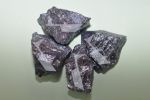
Expertise and creativity!Thu Jan 19 2023
Within every piece of silicon crystal lies hidden an AFM probe. We have the right tools, expertise and creativity to carve it.
#AFMProbes #AtomicForceMicroscopy

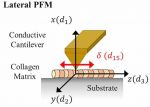
OPUS 3XC-GG AFM probes used in a recent studyMon Jan 16 2023


Season’s Greetings from NANOSENSORS™ AFM probesThu Dec 22 2022


MikroMasch® wishes you a Merry Christmas and a Happy New Year!Thu Dec 22 2022
#AFMprobes #AFM #AtomicForceMicroscopy #merrychristmas #happynewyear2023


Happy Holiday Season from BudgetSensors®!Thu Dec 22 2022
Happy Holiday Season from BudgetSensors®!


50 years ago, wow!Wed Dec 14 2022

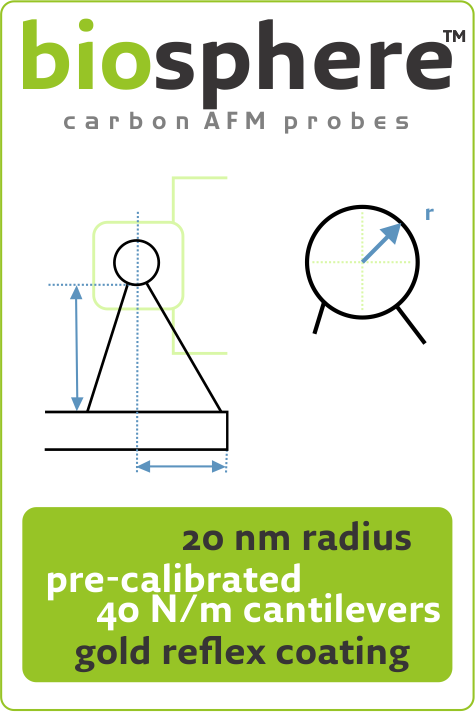
Understanding the Nano-Indentation Deformation Behavior of PolycarbonateWed Dec 14 2022
- Title: Molecular deformation mechanism of polycarbonate during nano-indentation: Molecular dynamics simulation and experimentation
- Authors: Daiki Ikeshima, Kazunori Miyamoto, Akio Yonezu
- Publication: Polymer
- Publisher: Elsevier
- Date: 31 May 2019
https://www.nanotools.com/blog/understanding-nano-indentation-deformation-behavior-of-polycarbonate.html
#AFM #metrology #topography #microscopy #nanotechnology #AFMProbes #spm #SPMProbes


Chemically characterizing the cortical cell nano-structure of human hair using atomic force microscopy integrated with infrared spectroscopy (AFM-IR)Thu Dec 08 2022


Happy birthday Prof. Quate!Wed Dec 07 2022


Thank you all for visiting our NanoAndMore USA booth at this year’s Materials Research Society - MRSFri Dec 02 2022


BudgetSensors® Tap300Al-G AFM probes used in a studyFri Dec 02 2022


NanoAndMore USA booth no. 311 is all set up and we're exited to welcome youMon Nov 28 2022
Materials Research Society - MRS MRS Fall 2022 Conference and Exhibit.
https://youtu.be/jvVANnajnFg

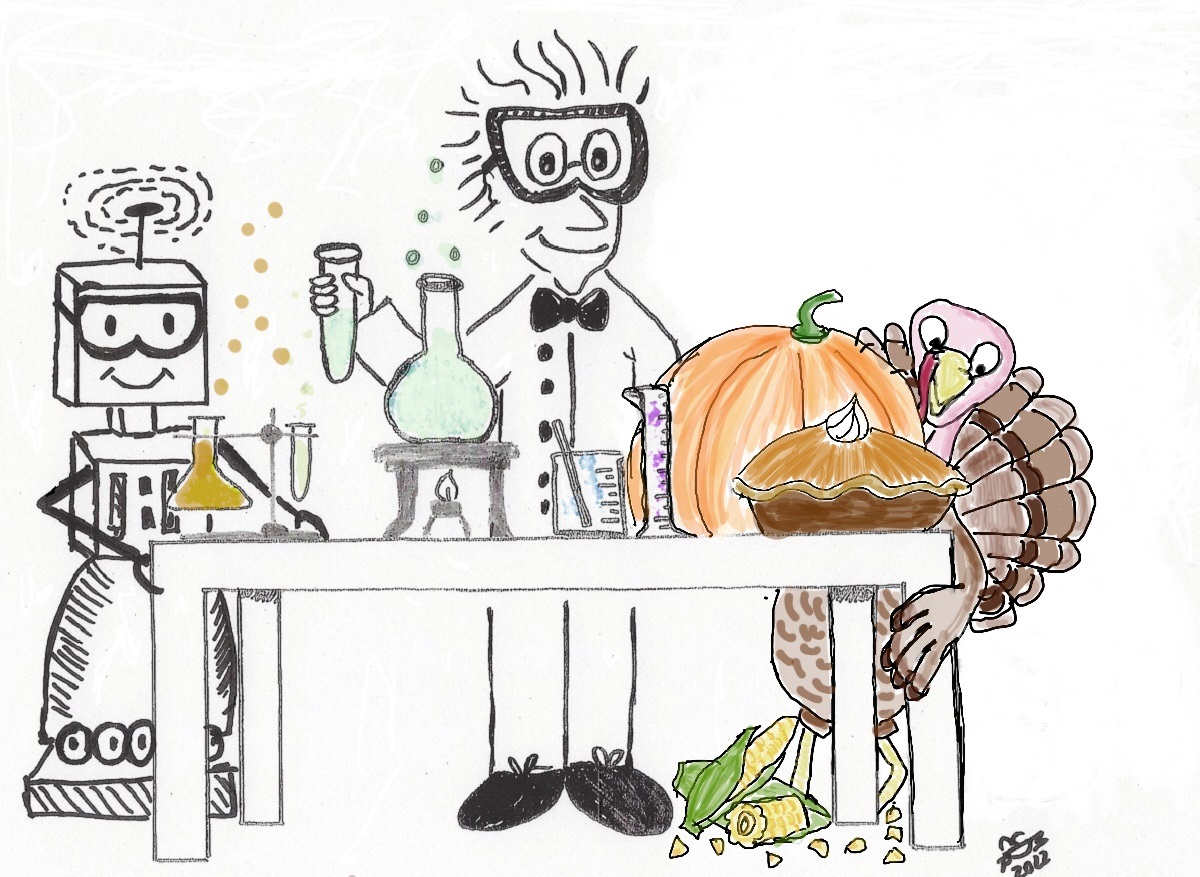
Happy ThanksgivingThu Nov 24 2022


Photoinduced Charge Transfer and Trapping on Single Gold Metal Nanoparticles on TiO2Tue Nov 22 2022

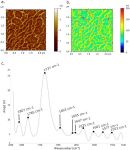
HQ:CSC38/Al BS and HQ:CSC38/Cr-Au ultrasoft silicon AFM cantileversMon Nov 14 2022








